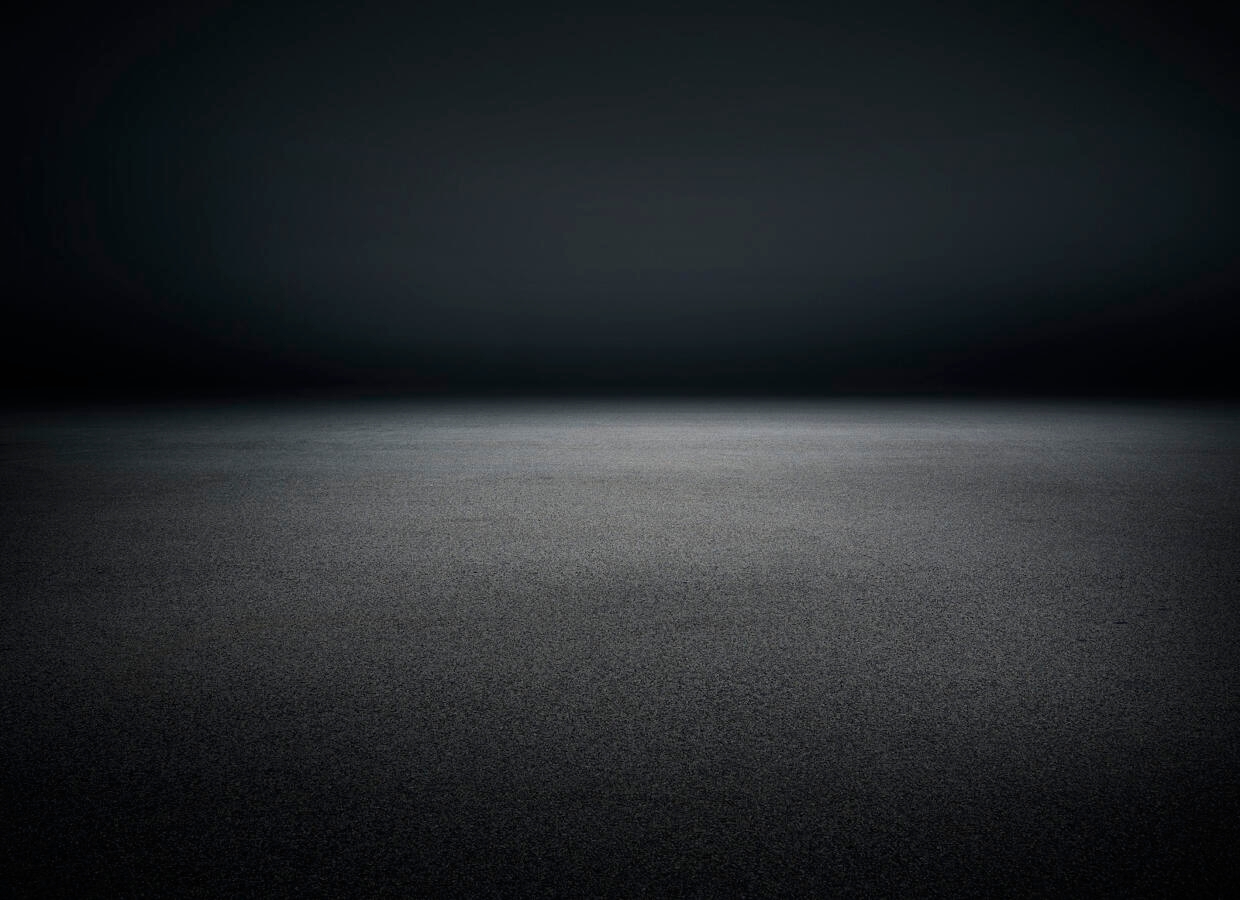Next week, just days before the winter solstice, we will begin our celebration of Hanukkah. In the Northern Hemisphere, the days have been growing increasingly short, the nights increasingly long. On the solstice itself, we will bask in the light of our Hanukkah candles at the darkest moment of the year, when the North Pole is tilted farther from the sun than at any other point in the year. At this pivotal moment of peak darkness, Hanukkah offers us an opportunity to find meaning not only in the oft-cited miracle of the flickering candle lights, but also in the beauty, mystery and depth of darkness.
Darkness is not widely appreciated in our culture. We tend to deride or ignore it, dismissing it as having no real value in and of itself. Rather than be curious about the darkness of these deep winter days, more often we find ourselves biding our time until the light returns or manufacturing light to obscure the darkness. Dictionary definitions of darkness tend to reflect precisely this tendency, seeing darkness as the lack of something we value — most commonly light, but also knowledge — not something with any positive benefit or even an identity of its own.
When we do find explanations of what darkness is, it is invariably negative. An alternate definition of darkness is a gloomy or depressed state. Darkness connotes struggle or sadness. We might refer to a particularly challenging time in our lives as saying we were “in a dark place.” Darkness is something that obscures that which heals or helps. It is something dreadful we seek to avoid. To experience darkness is to experience despair.
More destructively, our culture tends to regard darkness as deviant and bad. Associations of darkness as synonymous with malevolence are pervasive and presented as obvious. Darkness is commonly associated with evil, a source of distress or calamity. Rather than the deep beauty of the night sky or the boundless mystery of the ocean’s blue-black depths, darkness is depicted as something nefarious to be eradicated. This is not a neutral definition, but one from which violence and oppression can emerge. Whether consciously or not, the negativity and fear that permeate definitions of darkness can be used to justify violence against anyone and anything in our culture that is seen as dark.

Help us keep Jewish knowledge accessible to millions of people around the world.
Your donation to My Jewish Learning fuels endless journeys of Jewish discovery. With your help, My Jewish Learning can continue to provide nonstop opportunities for learning, connection and growth.
And yet, these definitions of darkness are not definitive. Within our sacred stories we find a much fuller and more complex understanding of darkness. According to the account of creation found in the Torah, darkness is the place from which all life comes. In the opening verses of Genesis we read: “When God began creating the heavens and the earth, the earth was chaos and void and darkness on the face of the depths.” Darkness pre-exists all. It is from the chaos and void, the darkness and depths, that humans and hummingbirds, rainwater and red-tailed hawks, pine trees and the Pyrenees, eventually arise. The darkness, depths and waters of the world recall the darkness, depths and water of the womb from which each of us came. Without darkness, there would be no light, no life. Darkness allows for creativity and generativity. Rather than a lack of something, darkness is that which contains and gestates the seed of everything and the spark of the light.
Like the altar in the defiled Temple, our understanding of darkness, once held as sacred, has been distorted and debased. Rededicating our understanding of darkness is not a frivolous endeavor, but a sacred and urgent necessity of these times. Just as God created light from the darkness, on Hanukkah we wait for evening to begin to fall to kindle the tiny flames of our candles against the vast encompassing night sky in our own reenactment of “let there be light.” Rather than imagining this as a way to dispel or drive out the darkness, let us instead see this as a way to remind ourselves of the potent gifts that darkness contains.
This Hanukkah, may we pause a moment in that fertile darkness, allowing ourselves to feel into the creative potential of this place before the match is struck. May we send our prayers and our gratitude to all that is gestating there, waiting to be called into manifestation. And may each spark of match, each candle’s flickering flame, serve to remind us of the creativity, possibility and mystery contained within the dark — the dark from which all light, and all life, is born.
This article initially appeared in My Jewish Learning’s Shabbat newsletter Recharge on Dec. 17, 2022. To sign up to receive Recharge each week in your inbox, click here.



